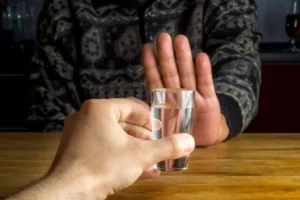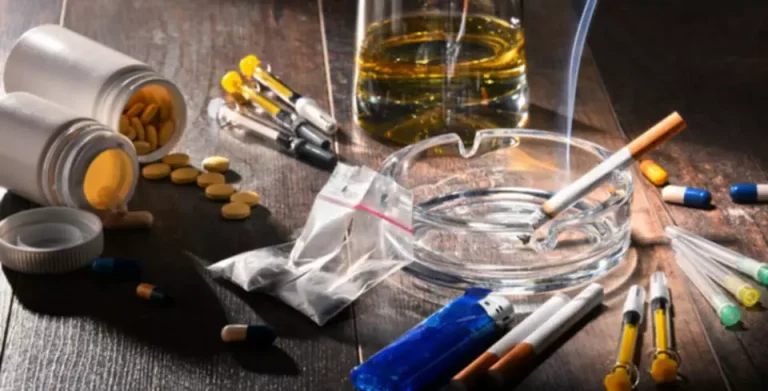This home is pending certification, and we are dedicated to leading Maverick House Overview Overview this sober house according to the NARR principles. I began my career as a deputy prosecutor in the Vanderburgh County Prosecutor’s Office. I started my time there prosecuting primarily high-level drug crimes and eventually was moved into prosecuting sex crimes and homicides. A panel of judges appointed Briles to serve as a Vanderburgh County Superior Court magistrate in 2019, a post she has held since.
Maverick House Overview is proud to offer structured sober living to the community in Springfield, IL. Our homes are led by NARR 3.0 standards and offer comfortable accommodations to guests. We carefully screen each applicant and conduct a telephone screen prior to approval to ensure a good fit in our homes.
- I started my time there prosecuting primarily high-level drug crimes and eventually was moved into prosecuting sex crimes and homicides.
- In the House, Hatfield served as the judiciary committee’s Democratic ranking member, among other committee posts.
- Springfield is supportive and encouraging with its addiction recovery community.
- Usually, we can call you to conduct a phone screen within a few hours of receiving your application.
Application Process
Maverick House Overview serves our residents in a structured sober living model. Applications are accepted on our website, as well as faxed, e-mailed, or over the phone. We carefully screen each application and conduct a telephone screen prior to approval to ensure a good fit in our homes.
Step 4: Move-In Day
We encourage you to Find AA meetings in Springfield, Illinois to help you on your road to recovery. However, the community should be assured that I will always follow the law. If tactics are used that are outside the bounds of the law, I’ll find it so. If the law allows for a tactic or investigative tool to be used, I’ll support the law.
We build sober living communities where each
The Rediscovery Men’s Recovery House in Springfield, IL is a structured sober living home serving men in recovery from addiction. This home has been open for several years, and as of September 2022, is the first Maverick House Overview location in Springfield, Illinois! We are proud to be a part of the legacy of this sober house and look forward to many years to come.
Sober House Certification in Illinois
The VSL and Maverick House Overview ™ brands are used with permission by VSL Chartered Operators. Sober living homes in Illinois are certified by IDHS, the Illinois Department of Health and Safety. The Illinois Department of Health and Safety is an organization whose mission is to support recovery residences throughout Illinois and to practice national quality standards for recovery residences. Structured Sober Living is a term used to describe a sober house with a set structure for residents, including curfew, meeting requirements, mandatory drug and alcohol screening, and other recovery support amenities. All Maverick House Overview homes are structured sober living environments. Recovery home certification is awarded by state affiliates organized under the National Alliance for Recovery Residences, or NARR.
We refer guests to our local care providers when they need a higher level of care, and work to maintain strong referral relationships with clinicians, case workers, court officers, and others in the field. Usually, we can call you to conduct a phone screen within a few hours of receiving your application. A decision on your application will be made during the phone screen, in most cases.
Absolutely, and I will be in communication with the prosecutor’s office and the public defender’s office. I’ve had some of those conversations already about ways that we can accomplish this. I’ve been on the bench for the last five years, and I’m already accustomed to making sure that I listen to people. I think it’s very important for judicial officers not to get ahead of themselves. In a legal case, you have to take the time to actually listen to what people have to say and make an informed decision based on the law and the facts that are before you. The candidates, who are vying to replace longtime Circuit Court Judge David Kiely upon his retirement, both touted their legal bonafides during individual, in-person interviews this month.
Following the law ensures a fair and just process for the parties, and it’s incumbent on the judge to be committed to following the law. If voters give Briles the nod in November, she would become the first woman in Vanderburgh County history to serve as circuit court judge. EVANSVILLE — Vanderburgh County’s two candidates for circuit court judge, Ryan Hatfield and Molly Briles, sat down with the Courier & Press to answer questions about what they plan to bring to the bench if elected in November.










